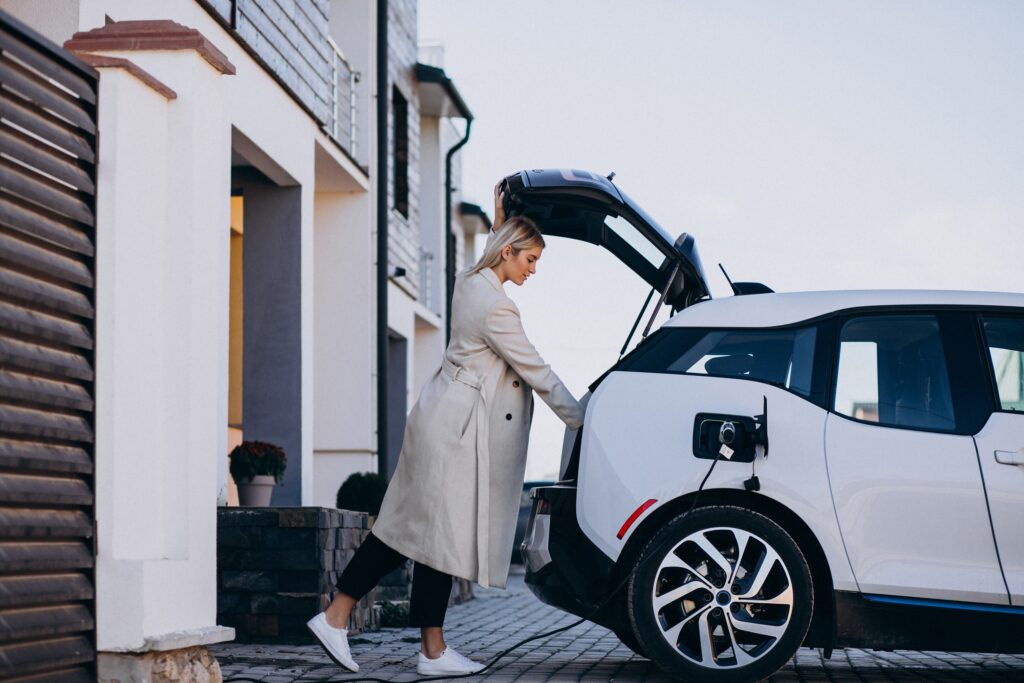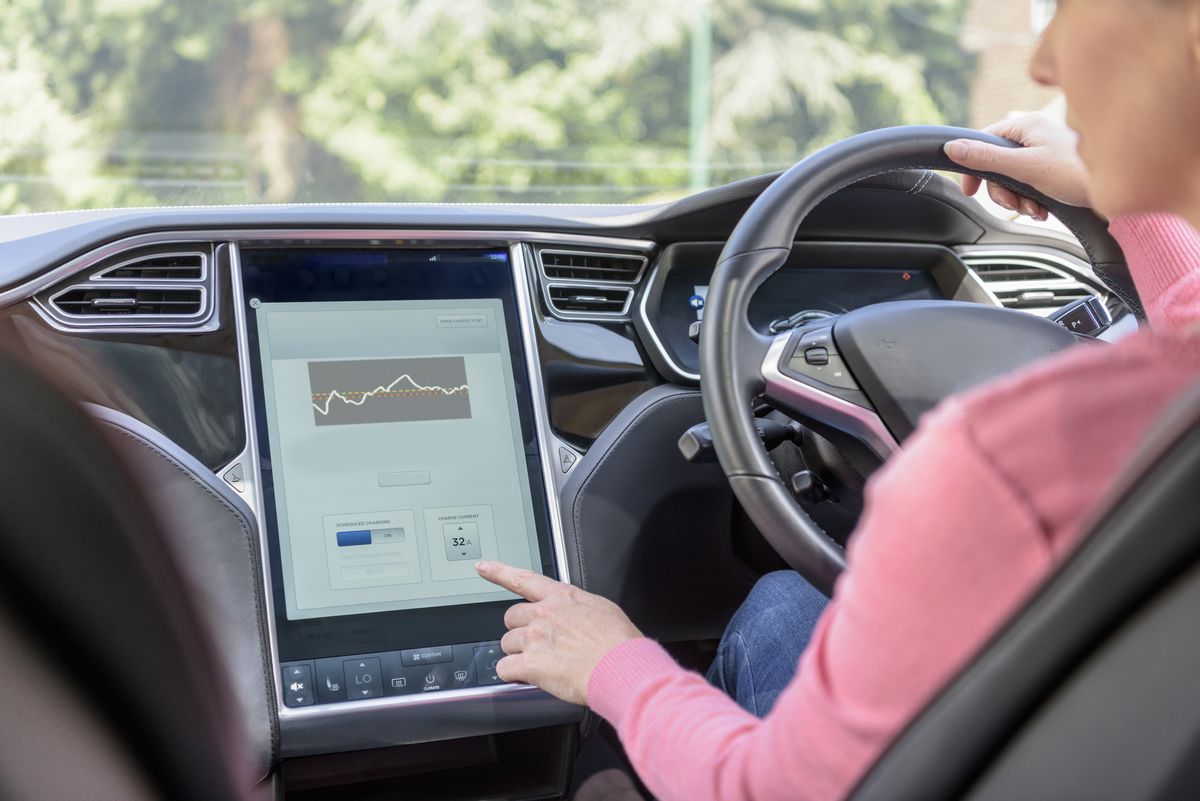Most people are by now getting the idea that an electric vehicle doesn’t need to be able to get from Youghal to Donegal non-stop on a single charge. Frequently driving those kind of distances isn’t the norm for most people and, even on those rare occasions where drivers do need to traverse the length of the country, most are likely going to stop at least once for a snack and a toilet break, which is often enough time to get in some useful charging, especially at a fast charger.
That said, there are still times when drivers will need to try to eke the most out of a single charge — for instance when a charger at which they’d planned to stop is broken and they need to get to the next one some distance down the road. Maybe, in these days of spiralling energy prices, some drivers will just want to maximise the value they get out of a charge. Whatever the case, it’s worth looking at some of the factors that affect battery range.
Battery size
Battery capacity is measured in kilowatt hours (kWh) and, like a fuel tank, the bigger your battery, the further you can go on a charge. Many electric vehicles will come with a choice of battery sizes and when it comes to picking which one is best for you, there’s a bit of maths to be done, the outcome of which will depend on your personal circumstances. Will a smaller battery be sufficient for the type of driving you regularly do (enabling you to save on the cost of the vehicle) or do you actually need that extra capacity?
Tyres
Like with any car, keeping your tyres inflated to the correct pressure is as important for energy efficiency as it is for safety. The tyres on most electric vehicles are specifically designed to reduce rolling resistance in the name of efficiency, so don’t go undoing the engineers’ good work; ensure your tyres aren’t underinflated.
Weight and drag

The more weight a car has to haul along, the more energy it will use, which is why the larger an electric vehicle is the larger its battery will usually be. That said, motorists can play their part by removing excess weight from the car such as taking out golf clubs, baby seats and the like that aren’t being used. Similarly, unless they’re in use, roof racks and roof boxes are a big no-no. Studies have shown that an empty roof rack can increase drag (and thus reduce energy efficiency) by around 16 per cent at motorway speeds while a roof box adds about 39 per cent more.
Accessories
Heating, cooling, fans, demisters — these are all things that drivers of combustion-powered cars turn on without a second thought, yet for EV drivers, there’s a need to be more mindful as the more electricity you use, the shorter your range will be. Manufacturers have come on in leaps and bounds in recent years when it comes to heat pump technology that hugely reduces the drain on the battery compared to heating systems that use electrical resistance to heat the cabin, though there are still a few things worth considering when it comes to using cabin accessories. Heating the entire cabin of a car on a cold day isn’t especially energy efficient, so if you’ve the option to turn on heated seats or a heated steering wheel, do that instead as it delivers heat (and thus energy) to exactly where it’s needed without as much waste.
If you have the ability to pre-condition your car while it’s still hooked up to your home charger, that’s another great way to reduce the drain on a car’s battery caused by the use of accessories. On a cold day, pre-conditioning your car (often possible through a smartphone app) will allow you to heat your car’s interior and de-ice/demist the windows without cutting your range. On hot days, it’ll let you cool the cabin down before you set off too.
Driving routes
The terrain and type of road on which you drive will also play a big part in how quickly your battery depletes. Constant 120km/h motorway driving will run down your battery much faster than pootling around town at 40km/h. In a lot of cases, navigation systems will be able to suggest the most economical or energy-efficient route, so it’s not a case of poring over road atlases before every journey. In a lot of cases a motorway will be more efficient than a twisting, hilly route, but as with a petrol car, you don’t always need to drive at the speed limit — slowing down by as little as 20km/h won’t add much time to your journey, but can cut your energy consumption significantly.

Driving style
In a combustion-powered car, the more erratically a driver brakes and accelerates, the worse their fuel economy will be. The key to efficient driving in a petrol- or diesel-powered car is smoothness — scanning the road ahead and anticipating stops such as red lights by coming of the accelerator sooner, braking gently and not accelerating too sharply. All of the same is true of an electric vehicle, but with one added advantage: regenerative braking. Brake re-gen sends power back to the battery, so by keeping your driving style smooth, conserving momentum and judiciously using regenerative braking (an extension of the high-efficiency “hypermiling” philosophy), you can extend your battery range.
Battery condition
There were fears in the early days of the current wave of electric vehicles that the lifespan of batteries would degrade so seriously after the first couple of years of use that they’d essentially render the car unusable. This, thankfully, hasn’t proven to be the case, and ten years later, battery technology and longevity has come on hugely. There are still a few things drivers can do to make sure that their battery stays in tip-top condition and that battery capacity doesn’t fall too much over the lifetime of the car. Frequent rapid charging can reduce the life of a battery, so if you’ve the time and option to use slow charging, it’s a better bet when possible. Unless you need maximum range, it’s generally best to only top the battery up to 80 per cent capacity as the final 20 per cent (in addition to being slower to top-up) heats the battery cells more, potentially degrading their lifespan.